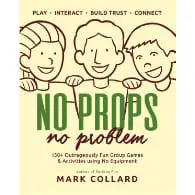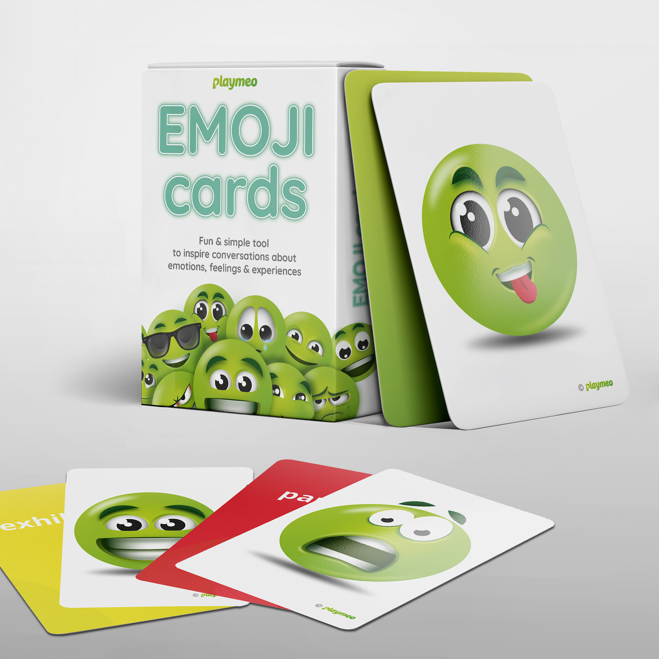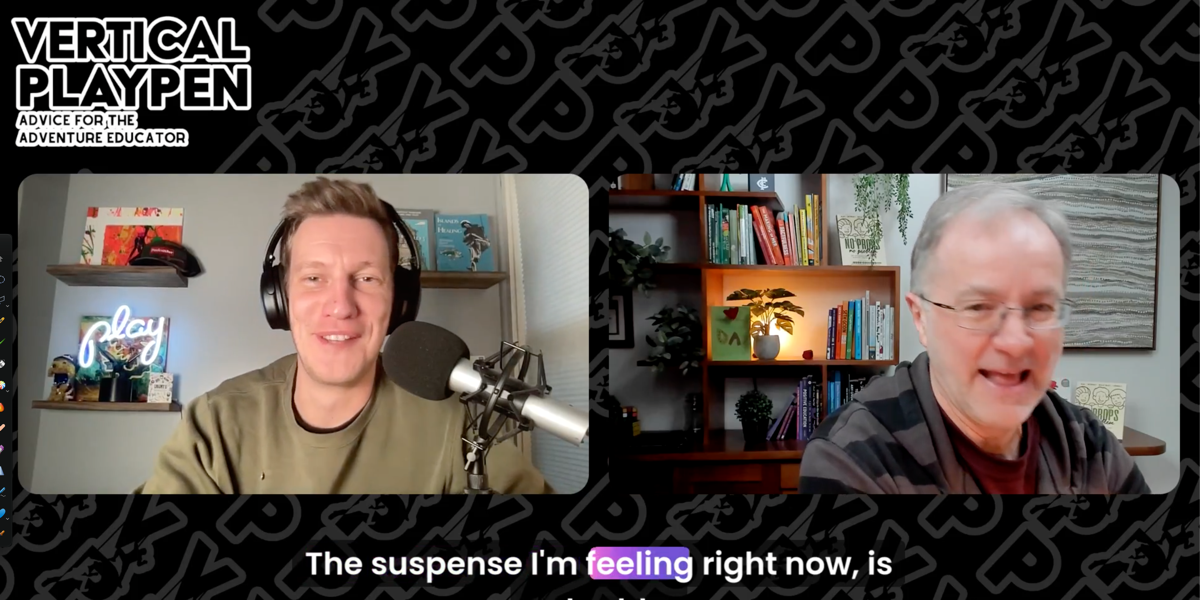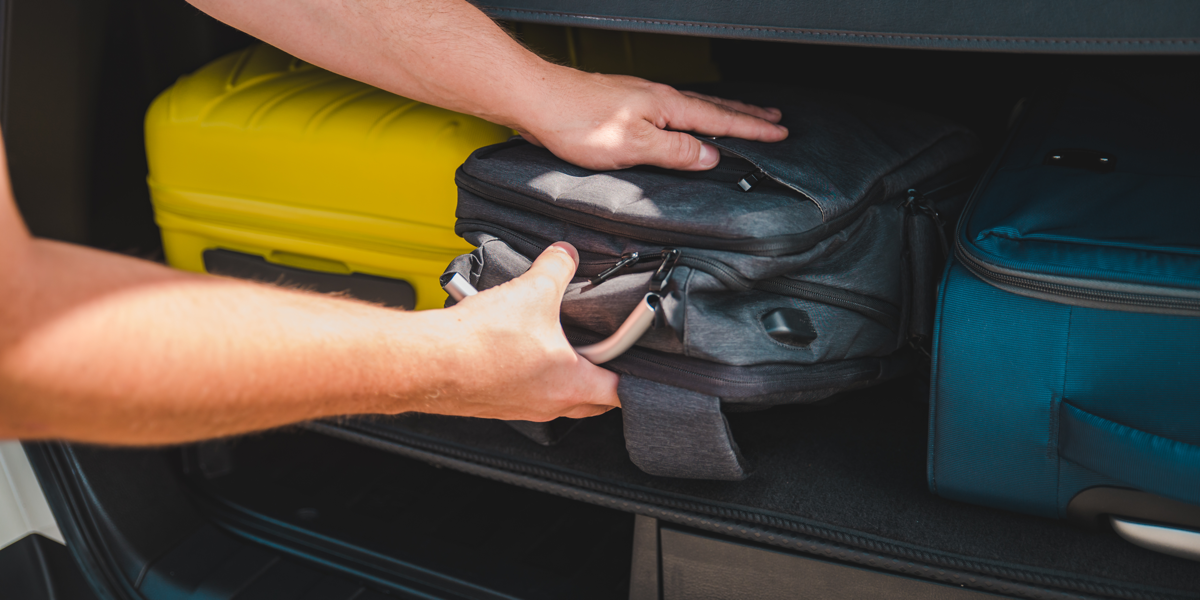5. Allow Yourself to Make Mistakes
My fifth strategy is allow yourself to make mistakes. Yes, you are human. Even as a group facilitator, we have this persona of, we have this extraordinary ability to remember names, but we’re just like everybody else.
You may have some good strategies, which is the focus of this video. However, make mistakes. You know, call on those people.
You may not know their name, but you might give it a go. Oh, Susan. And they go, no, no, it’s Christine.
Oh, I’m so sorry. Now, in that interaction, it might be that where I got it wrong or if I can’t remember that person’s name, if I don’t want to make a mistake, I might simply say, oh, could you please remind me of your name? Allow yourself to make the mistake. It’s clear to everybody in the room that you’ve already known that person.
You’ve already referred to them half an hour earlier, but now it’s slipped your mind. It’s okay then to say, hey, can you please remind me? So make a mistake. That also shows a few things.
One, it’s okay to make mistakes. During the course of today, particularly if you’re doing anything related to experiential education, mistakes are the platforms for success. And so, okay, I get it wrong twice, three times, hopefully by the fourth time I’ve nailed that name.
And that’s clearly a really important metaphor for most of the education that you’re probably working with in facilitating your groups as well. So allow yourself to make mistakes, which means of course, everyone else is also entitled to make a mistake.
And I often mention this to groups is that if at any point during the course of our program, this conference, this seminar, this meeting, and you can’t remember someone’s name, what do you think you could do? And I’ll ask the group, what do you think you could do? And I’ll have all these elaborate strategies, but often the simplest one finally will come out – you could just ask them.
Absolutely. Because that exchange says you care enough to want to know the name, not that you’re dumb and forgot it. So reframing that interaction is really, really important.




















Original post August 2024, last updated September 2024.